Home>Articles>How To Tell If There Is Carbon Monoxide In Your House Via Stove Burners
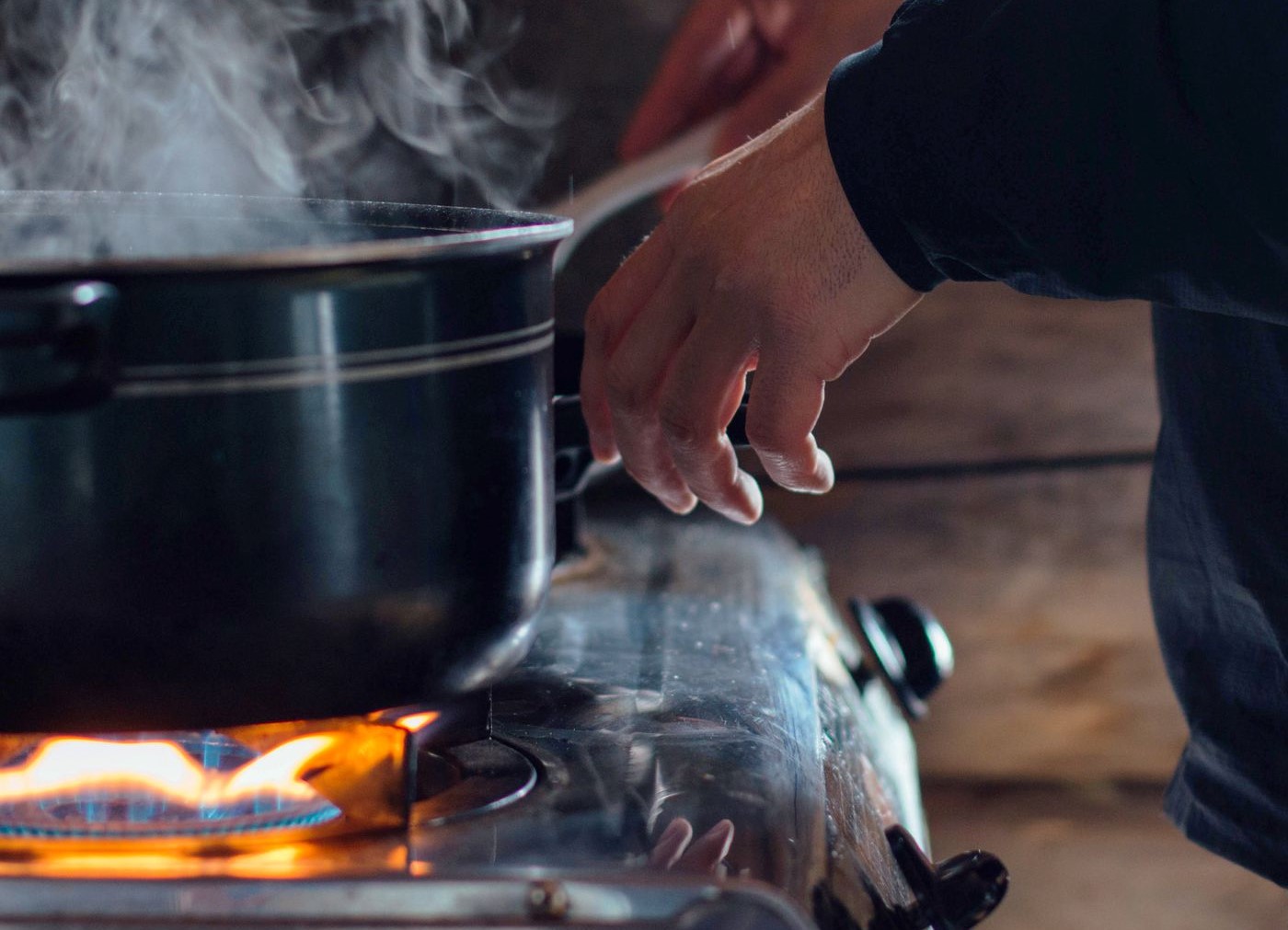

Articles
How To Tell If There Is Carbon Monoxide In Your House Via Stove Burners
Modified: December 7, 2023
Learn how to detect the presence of carbon monoxide in your home through your stove burners in this informative article. Protect your family from this dangerous gas.
(Many of the links in this article redirect to a specific reviewed product. Your purchase of these products through affiliate links helps to generate commission for Storables.com, at no extra cost. Learn more)
Introduction
Carbon monoxide (CO) is a colorless, odorless, and tasteless gas that can be extremely dangerous if present in your home. It is often referred to as the “silent killer” because it can be difficult to detect without proper equipment. Understanding the potential sources and signs of carbon monoxide poisoning is crucial for safeguarding your household’s health and well-being.
Carbon monoxide is produced when fuels such as natural gas, propane, oil, and wood do not fully combust. Common sources of carbon monoxide in homes include furnaces, water heaters, fireplaces, generators, and of course, stove burners. When these appliances malfunction or are not properly ventilated, carbon monoxide can quickly accumulate, posing a serious risk to your family.
It is essential to recognize the signs and symptoms of carbon monoxide poisoning, as exposure to even low levels can lead to fatigue, headache, dizziness, confusion, and nausea. Prolonged exposure to high levels of carbon monoxide can be fatal. Therefore, it is crucial to regularly check for the presence of carbon monoxide in your home and take immediate action if it is detected.
In this article, we will focus on how to tell if there is carbon monoxide in your house specifically through the use of stove burners. Stove burners are commonly used appliances in households, and while they are meant for cooking, they can also be a potential source of carbon monoxide if not properly maintained or if there are underlying issues.
By following the steps outlined in this article, you can detect the presence of carbon monoxide and take the necessary precautions to ensure the safety of your home and loved ones.
Key Takeaways:
- Regularly check stove burners for a steady blue flame to prevent carbon monoxide buildup. Install detectors and prioritize maintenance to protect your household from this silent, dangerous gas.
- If carbon monoxide is detected, evacuate, seek medical help, and resolve the source immediately. Prioritize safety, vigilance, and proactive measures to safeguard your home.
Understanding Carbon Monoxide
Carbon monoxide is a highly toxic gas that is produced when fuels do not fully burn. It is often released by appliances and systems in homes that use combustion, such as gas furnaces, water heaters, fireplaces, and, of course, stove burners. When these fuels do not burn completely due to a lack of oxygen or improper ventilation, carbon monoxide is produced.
What makes carbon monoxide particularly dangerous is that it is colorless, odorless, and tasteless. This means that it cannot be detected by our senses alone, making it difficult to realize its presence until symptoms of poisoning occur. Because of this, it’s crucial to have carbon monoxide detectors installed in your home, particularly near areas where combustion is taking place.
When carbon monoxide is inhaled, it enters the bloodstream and interferes with the body’s ability to carry oxygen. This leads to a lack of oxygen to vital organs and tissues, potentially causing serious health problems or even death. The severity of carbon monoxide poisoning depends on the concentration of the gas and the duration of exposure.
It is important to note that everyone is at risk of carbon monoxide poisoning. However, certain individuals, such as infants, the elderly, and those with pre-existing health conditions, are more vulnerable to its effects. That is why it is crucial to take proactive measures to prevent carbon monoxide buildup in your home and regularly check for its presence.
By understanding the nature of carbon monoxide and its potential risks, you can better appreciate the importance of monitoring and taking appropriate action to ensure the safety of your household.
Potential Sources of Carbon Monoxide in Your House
Carbon monoxide can be produced by various appliances and systems in your house. It is important to be aware of these potential sources and take proactive steps to prevent carbon monoxide buildup. Here are some common sources of carbon monoxide in homes:
- Gas Furnaces: Gas furnaces use natural gas or propane to heat your home. If the furnace is not properly maintained or there is a problem with the ventilation system, carbon monoxide can be released into your living space.
- Water Heaters: Water heaters that operate on gas or oil can also generate carbon monoxide if not functioning correctly or if the vents are blocked. Regular maintenance and inspections are essential to prevent any potential issues.
- Fireplaces: Fireplaces, especially those that burn wood, can produce carbon monoxide. It is important to ensure proper ventilation and have your chimney inspected regularly to prevent any blockages or leaks.
- Generators: Portable generators that are often used during power outages can be a significant source of carbon monoxide. It is crucial to operate generators outdoors, away from open windows, to prevent the accumulation of the gas inside your home.
- Stove Burners: Stove burners, commonly used for cooking, can also produce carbon monoxide if not properly maintained or if there are underlying issues. Gas stove burners should have a steady blue flame; if it appears yellow or orange, it may be an indication of incomplete combustion and the potential release of carbon monoxide.
These are just a few examples of potential sources of carbon monoxide in your home. Other sources can include gas dryers, wood-burning stoves, and even car exhaust if a garage is attached to the house. It is essential to be vigilant and ensure that all appliances and systems are regularly inspected and maintained by qualified professionals.
By understanding the potential sources of carbon monoxide in your house, you can take the necessary steps to prevent its release and protect your family from the dangers of carbon monoxide poisoning.
Signs and Symptoms of Carbon Monoxide Poisoning
Recognizing the signs and symptoms of carbon monoxide poisoning is crucial for early detection and prevention of further health complications. Carbon monoxide is a silent and invisible gas, making it difficult to detect without the help of carbon monoxide detectors. Here are some common signs and symptoms to be aware of:
- Headache: One of the most common symptoms of carbon monoxide poisoning is a persistent headache. This headache may be accompanied by dizziness or lightheadedness.
- Nausea and Vomiting: Carbon monoxide exposure can cause nausea, which may lead to vomiting. If you experience these symptoms and they resolve when you leave your home, it could be a sign of carbon monoxide poisoning.
- Shortness of Breath: Carbon monoxide affects the body’s ability to transport oxygen, so you may feel shortness of breath or find it difficult to breathe if you have been exposed to elevated levels of carbon monoxide.
- Mental Confusion: Carbon monoxide poisoning can impair cognitive function and lead to confusion, memory problems, difficulty concentrating, and even loss of consciousness in severe cases.
- Flu-like Symptoms: The initial symptoms of carbon monoxide poisoning can mimic the flu, including fatigue, weakness, body aches, and a general feeling of unwellness.
- Changing Skin Color: Carbon monoxide can affect the color of the skin, making it appear flushed or cherry red in severe cases. Keep in mind that this symptom may not always occur and depends on the concentration and duration of carbon monoxide exposure.
It is important to note that the severity and onset of symptoms can vary depending on factors such as the concentration of carbon monoxide, the duration of exposure, and individual susceptibility. Furthermore, infants, the elderly, and individuals with pre-existing medical conditions may experience symptoms more rapidly or intensely.
If you or anyone in your household experience these symptoms and suspect carbon monoxide poisoning, it is essential to immediately evacuate the premises and seek medical attention. Remember, carbon monoxide is a silent killer, so it is always better to err on the side of caution and prioritize your safety.
Installing carbon monoxide detectors in key areas of your home and regularly testing them can provide an early warning system and help protect your family from the dangers of carbon monoxide poisoning.
Importance of Regularly Checking for Carbon Monoxide
Regularly checking for carbon monoxide in your home is of utmost importance to ensure the safety and well-being of your family. Carbon monoxide is a silent and invisible gas that can be extremely dangerous if present in elevated levels. Here are the key reasons why regular carbon monoxide checks are crucial:
- Early Detection: Carbon monoxide is difficult to detect without proper equipment, as it is colorless, odorless, and tasteless. Regularly testing for carbon monoxide allows you to detect its presence early on, even before symptoms of poisoning occur. This early detection can make a significant difference in preventing serious health complications.
- Prevention of Health Risks: Exposure to high levels of carbon monoxide can lead to carbon monoxide poisoning, which can cause symptoms ranging from headaches and nausea to confusion and even death. By regularly checking for carbon monoxide, you can take immediate action to mitigate risks and prevent potentially life-threatening situations.
- Ensuring Proper Functioning of Appliances: Regularly checking for carbon monoxide also serves as an opportunity to ensure that the appliances and systems in your home are functioning properly. Malfunctioning or poorly maintained appliances can be a significant source of carbon monoxide. By identifying and addressing any issues early on, you can prevent carbon monoxide buildup and maintain the safety of your household.
- Peace of Mind: Knowing that you have taken proactive measures to check for carbon monoxide in your home brings peace of mind. You can rest assured that your family is protected from the potential dangers of carbon monoxide poisoning. Regular checks and maintenance create a safe living environment for you and your loved ones.
- Compliance with Safety Regulations: Depending on your jurisdiction, there may be safety regulations in place that require homeowners to regularly check for carbon monoxide. By staying up-to-date with these regulations, you not only ensure the safety of your household but also avoid any potential legal issues that may arise from non-compliance.
Remember that prevention is always better than dealing with the consequences of carbon monoxide exposure. It is recommended to install carbon monoxide detectors in key areas of your home, particularly near bedrooms and areas where combustion is present. Regularly test these detectors to ensure they are in proper working condition and replace batteries as needed.
By incorporating regular carbon monoxide checks into your home maintenance routine, you can minimize the risks associated with carbon monoxide and provide a safe environment for your family to thrive.
Install a carbon monoxide detector near your stove to alert you if levels become dangerous. Regularly check and replace the batteries to ensure it is functioning properly.
Steps to Detect Carbon Monoxide through Stove Burners
Detecting carbon monoxide through stove burners can be a straightforward process if you follow the necessary steps. Here is a step-by-step guide to help you detect carbon monoxide through your stove burners:
- Ensure Adequate Ventilation: Before conducting any tests, make sure your kitchen has proper ventilation. Open windows and turn on exhaust fans to allow fresh air to circulate. Adequate ventilation helps prevent the accumulation of carbon monoxide in your kitchen.
- Clean and Inspect the Stove Burners: Start by thoroughly cleaning your stove burners. Remove any food debris or grease that may have accumulated. Inspect the burners for any signs of damage or blockage that could affect their functionality. Well-maintained burners are less likely to produce carbon monoxide.
- Check the Flame Color: Turn on each burner, one at a time, to observe the color of the flame. The flame should ideally be blue with a small, steady inner blue cone. A yellow or orange flame may indicate incomplete combustion, which can produce carbon monoxide. If you notice abnormal flame colors, it is advisable to have a professional technician inspect and service your stove.
- Monitor Your Health: While inspecting the stove burners, pay attention to any signs or symptoms of carbon monoxide poisoning that you or anyone in your household may experience. These can include headaches, nausea, dizziness, or confusion. If you or anyone present exhibits these symptoms, evacuate the area immediately and seek medical assistance.
- Install a Carbon Monoxide Detector: As an additional safety measure, install a carbon monoxide detector near your kitchen or close to the stove. Ensure that the detector is specifically designed to detect carbon monoxide and regularly test its functionality according to the manufacturer”s instructions.
It is important to note that while these steps can help detect carbon monoxide through your stove burners, they do not eliminate the need for regular maintenance and professional inspections of your appliances. Regularly cleaning, servicing, and ensuring proper ventilation of your stove and other combustion-based appliances are crucial in preventing carbon monoxide buildup and ensuring the safety of your home.
Always prioritize the safety of yourself and your household members. If you have any concerns or suspicions about carbon monoxide in your home, contact a qualified technician or your local gas company for further assistance.
Precautions while Detecting Carbon Monoxide
While detecting carbon monoxide in your home is important for your safety, it’s crucial to take certain precautions to minimize risks and ensure a safe process. Here are some key precautions to keep in mind when detecting carbon monoxide:
- Ensure Adequate Ventilation: Before initiating any carbon monoxide detection, ensure proper ventilation in the area. Open windows and doors, and if possible, use fans or exhaust systems to promote airflow and reduce the concentration of carbon monoxide.
- Handle Appliances with Care: When inspecting appliances, including stove burners, exercise caution. Avoid touching hot surfaces or components. Unplug or turn off any appliances before conducting any tests or maintenance. If you are unsure about proper handling, it is recommended to seek professional assistance.
- Do Not Block Vents or Exhausts: Make sure the vents and exhausts of your appliances are not blocked or obstructed. Blocked vents can prevent the proper release of combustion byproducts, including carbon monoxide, into the outside air. Regularly check and clear any debris or obstructions from the vents to maintain proper functioning.
- Stay Vigilant: While inspecting stove burners or conducting carbon monoxide checks, remain observant and attentive. Look out for signs of carbon monoxide, such as abnormal flame colors, soot accumulation, or any unusual odors. If you notice any concerning signs or symptoms, take immediate action by evacuating the area and seeking professional assistance.
- Use Proper Tools and Equipment: When detecting carbon monoxide, use appropriate tools and equipment, such as carbon monoxide detectors, as recommended by manufacturers. Ensure that the detectors are in good working condition and regularly test and replace their batteries as needed.
- Seek Professional Help: If you are uncertain about detecting or dealing with carbon monoxide, it is always best to seek assistance from qualified professionals. They have the expertise and knowledge to handle carbon monoxide detection, maintenance, and repairs safely and effectively.
Remember, carbon monoxide is a dangerous gas, and improper handling or detection methods can pose serious risks. If you suspect a high level of carbon monoxide or experience any symptoms associated with carbon monoxide poisoning, evacuate the area immediately and contact emergency services.
By following these precautions and prioritizing safety, you can effectively detect carbon monoxide and protect yourself and your household from the potential dangers associated with this silent killer.
Actions to Take if Carbon Monoxide is Detected
If carbon monoxide is detected in your home, it is crucial to take immediate actions to protect yourself and your household. Here are the key steps you should follow if carbon monoxide is detected:
- Evacuate the Area: If your carbon monoxide detector sounds an alarm or if you suspect the presence of carbon monoxide, quickly evacuate the area. Move to fresh air outside the building. Do not waste time opening windows or trying to ventilate the space before leaving.
- Call for Help: Once you are in a safe location away from the potential source of carbon monoxide, call your local emergency services or the national poison control center. Inform them that you have detected carbon monoxide in your home and provide them with any relevant information or symptoms you or your family members may be experiencing.
- Do Not Re-enter the Building: Under no circumstances should you re-enter the building until it has been deemed safe by emergency professionals. They will assess the situation and determine when it is safe to return.
- Seek Medical Attention: If you or anyone in your household experiences symptoms of carbon monoxide poisoning, such as headaches, nausea, dizziness, or difficulty breathing, seek medical attention immediately. Inform the healthcare provider about the potential carbon monoxide exposure.
- Identify and Resolve the Source: Once the situation is under control and emergency professionals have addressed the immediate safety concerns, it is crucial to identify and resolve the source of the carbon monoxide. Contact a qualified technician or professional to inspect and repair the faulty appliance or system that caused the carbon monoxide buildup.
- Install Carbon Monoxide Alarms: After the incident, it is essential to install or replace carbon monoxide alarms in your home. Place them in key areas, such as near bedrooms and fuel-burning appliances. Regularly test the alarms and replace their batteries according to the manufacturer’s instructions.
It is vital to emphasize that the actions listed above are general guidelines. The specific steps to take may vary depending on your location, the severity of the carbon monoxide levels, and the recommendations provided by emergency services.
Remember, prompt and decisive action is critical when it comes to carbon monoxide. Taking the necessary precautions and responding appropriately can help prevent serious health complications and protect you and your loved ones from the dangers of carbon monoxide poisoning.
Conclusion
Carbon monoxide is an invisible and silent threat that can pose serious risks to the health and safety of your household. Understanding the potential sources, signs, and symptoms of carbon monoxide poisoning is essential for early detection and prevention. Detecting carbon monoxide through stove burners is just one aspect of maintaining a safe home environment.
By regularly checking for carbon monoxide, you can minimize the risks associated with this toxic gas. Keep your stove burners clean, inspect them for any irregularities, and monitor the color of the flame. Additionally, ensure proper ventilation in your kitchen and install carbon monoxide detectors to provide an extra layer of protection.
If carbon monoxide is detected, take immediate action by evacuating the area, calling emergency services, and seeking medical attention if necessary. Never re-enter the building until emergency professionals have deemed it safe. Properly identifying and resolving the source of carbon monoxide is crucial to preventing future incidents.
Lastly, remember to prioritize the safety of yourself and your loved ones by regularly maintaining your appliances, staying vigilant for any signs of carbon monoxide, and seeking professional help when needed.
By following these precautions and taking proactive steps, you can create a safe living environment and protect your household from the dangers of carbon monoxide. Stay informed, stay vigilant, and take the necessary measures to safeguard your home and loved ones.
Frequently Asked Questions about How To Tell If There Is Carbon Monoxide In Your House Via Stove Burners
Was this page helpful?
At Storables.com, we guarantee accurate and reliable information. Our content, validated by Expert Board Contributors, is crafted following stringent Editorial Policies. We're committed to providing you with well-researched, expert-backed insights for all your informational needs.
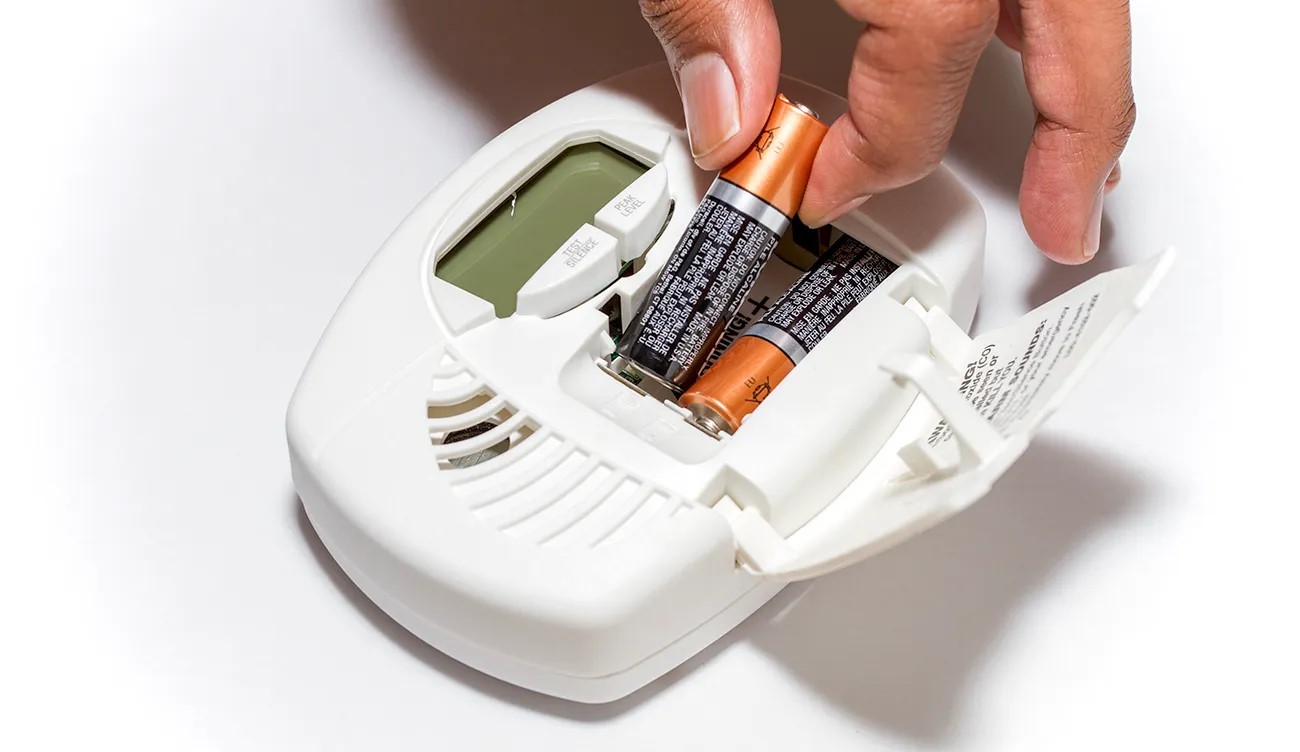
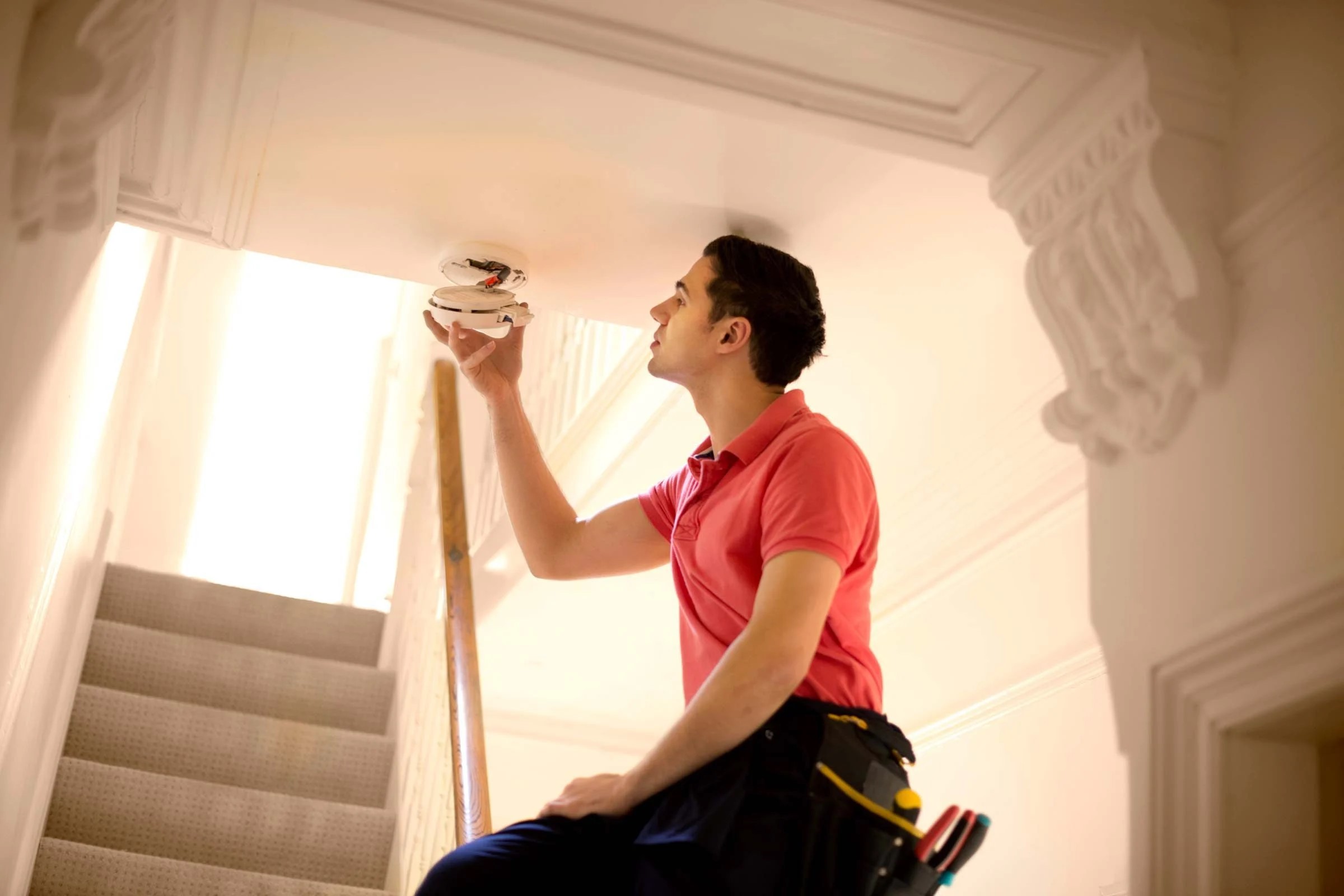
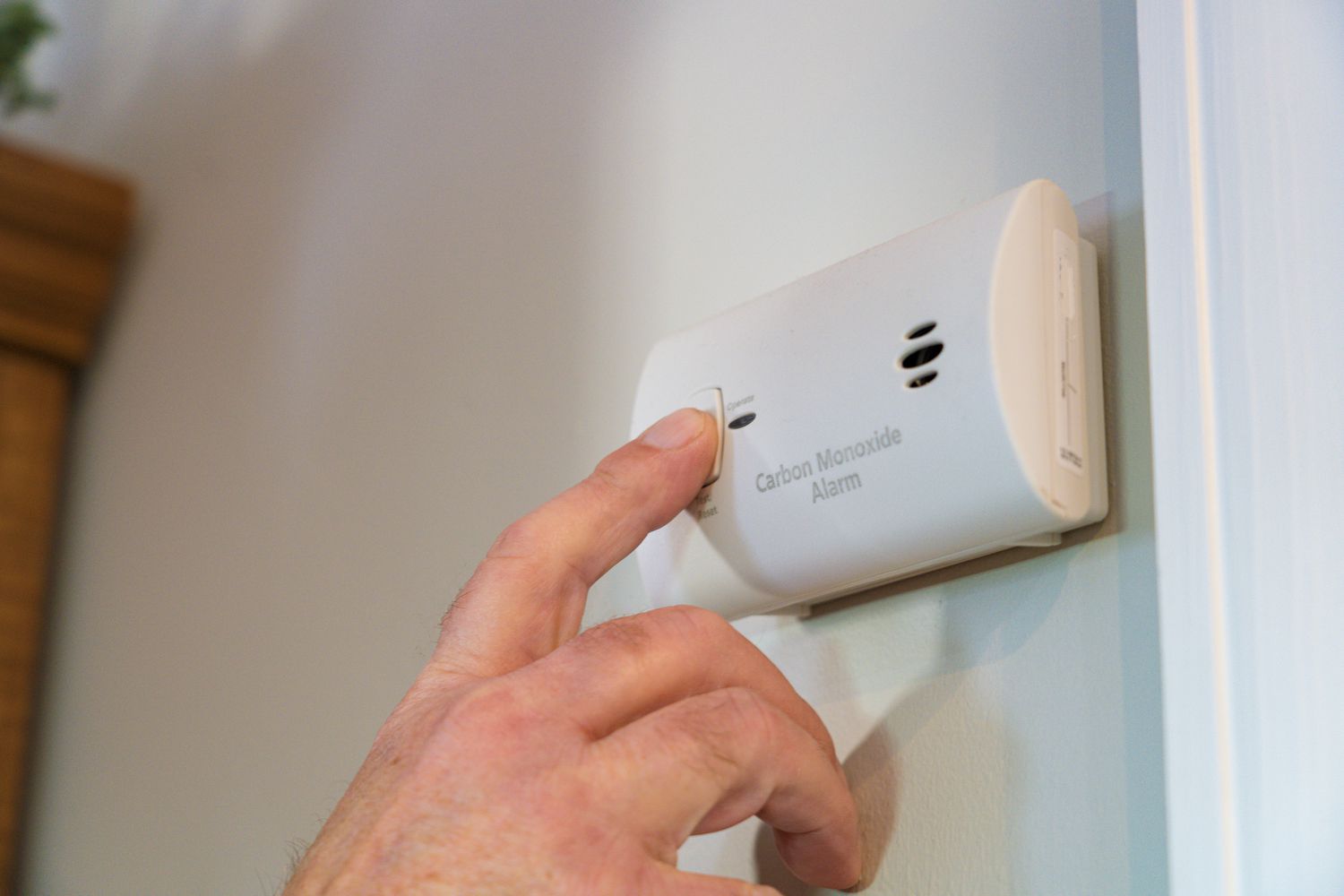
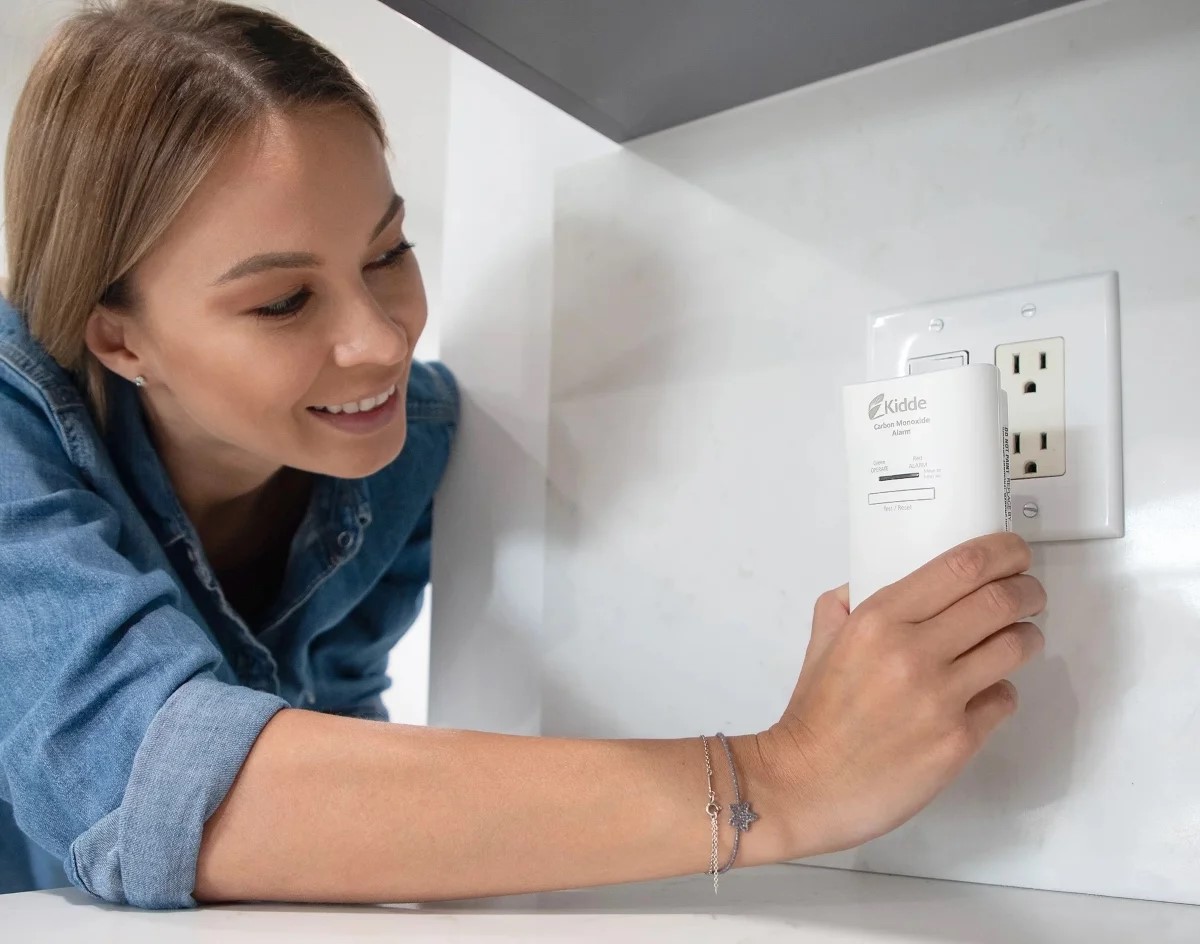
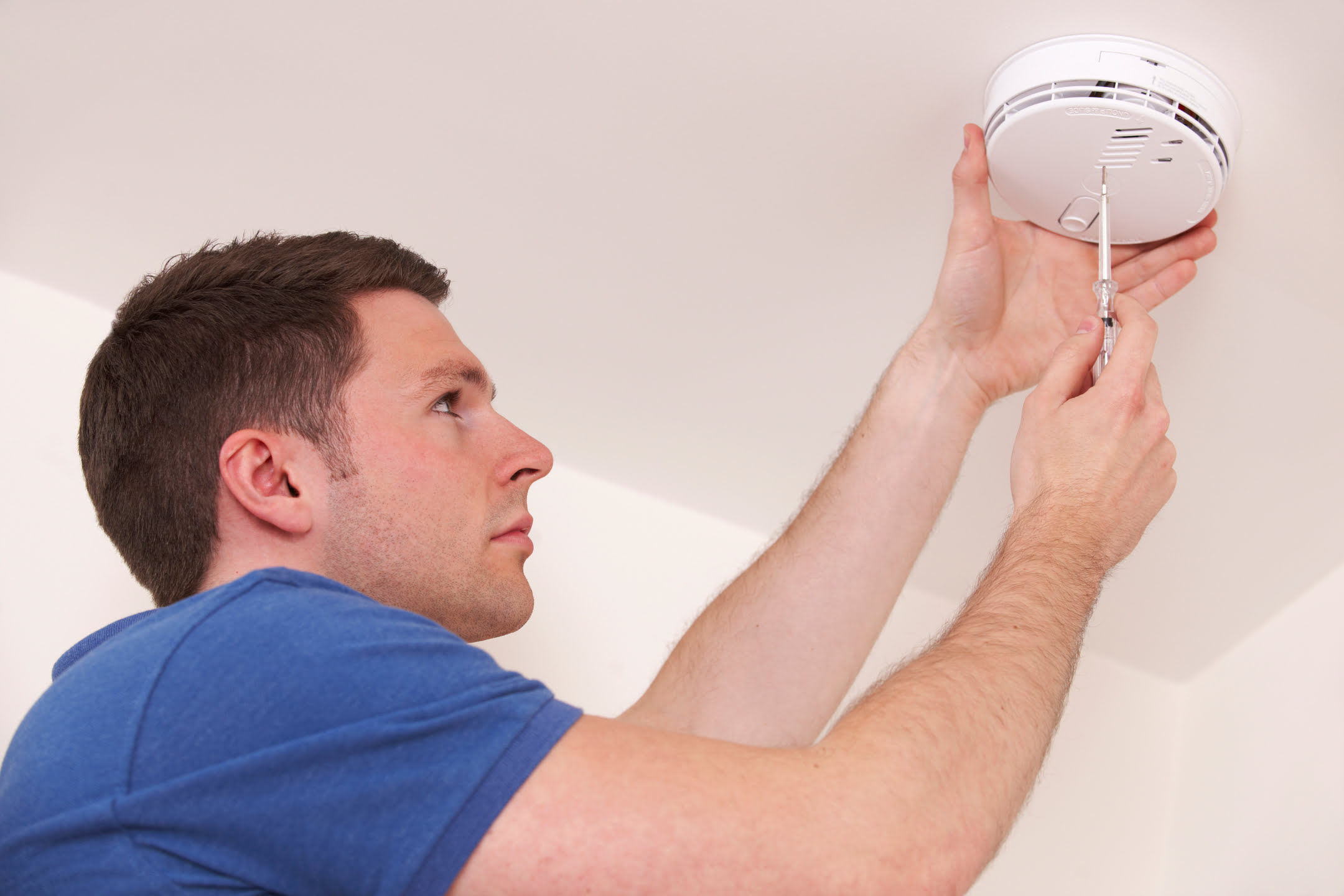
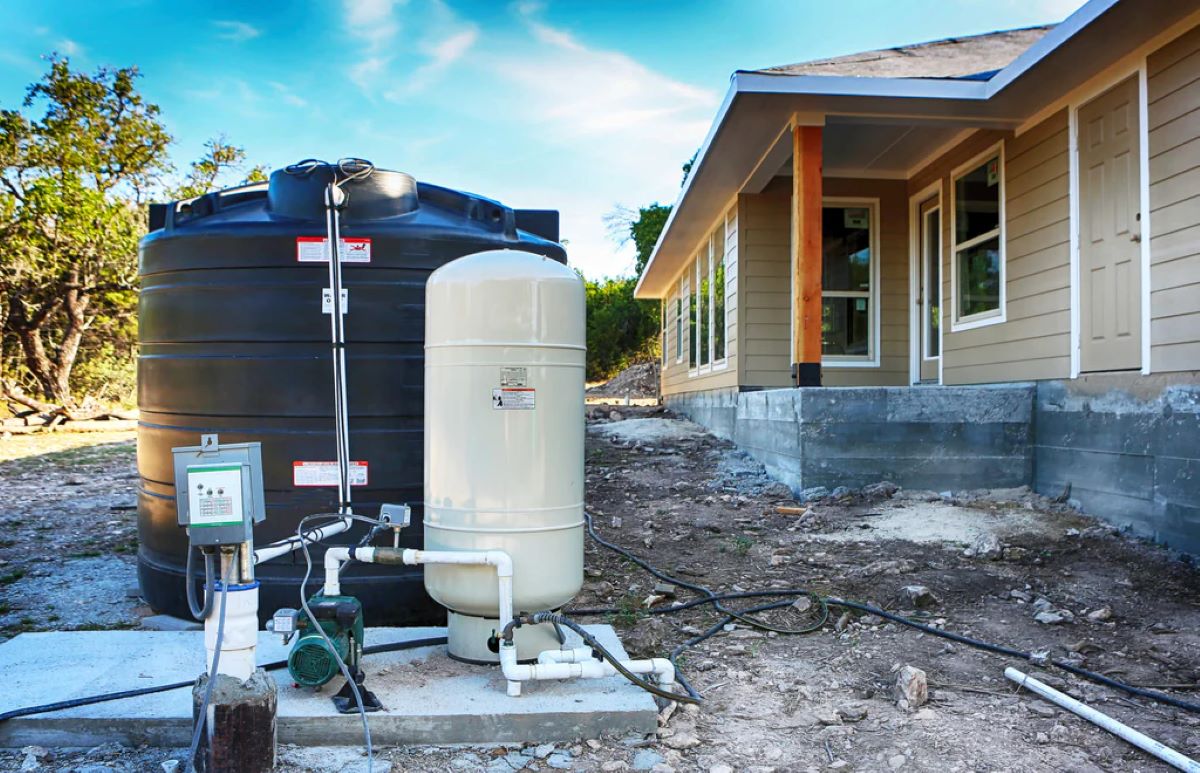
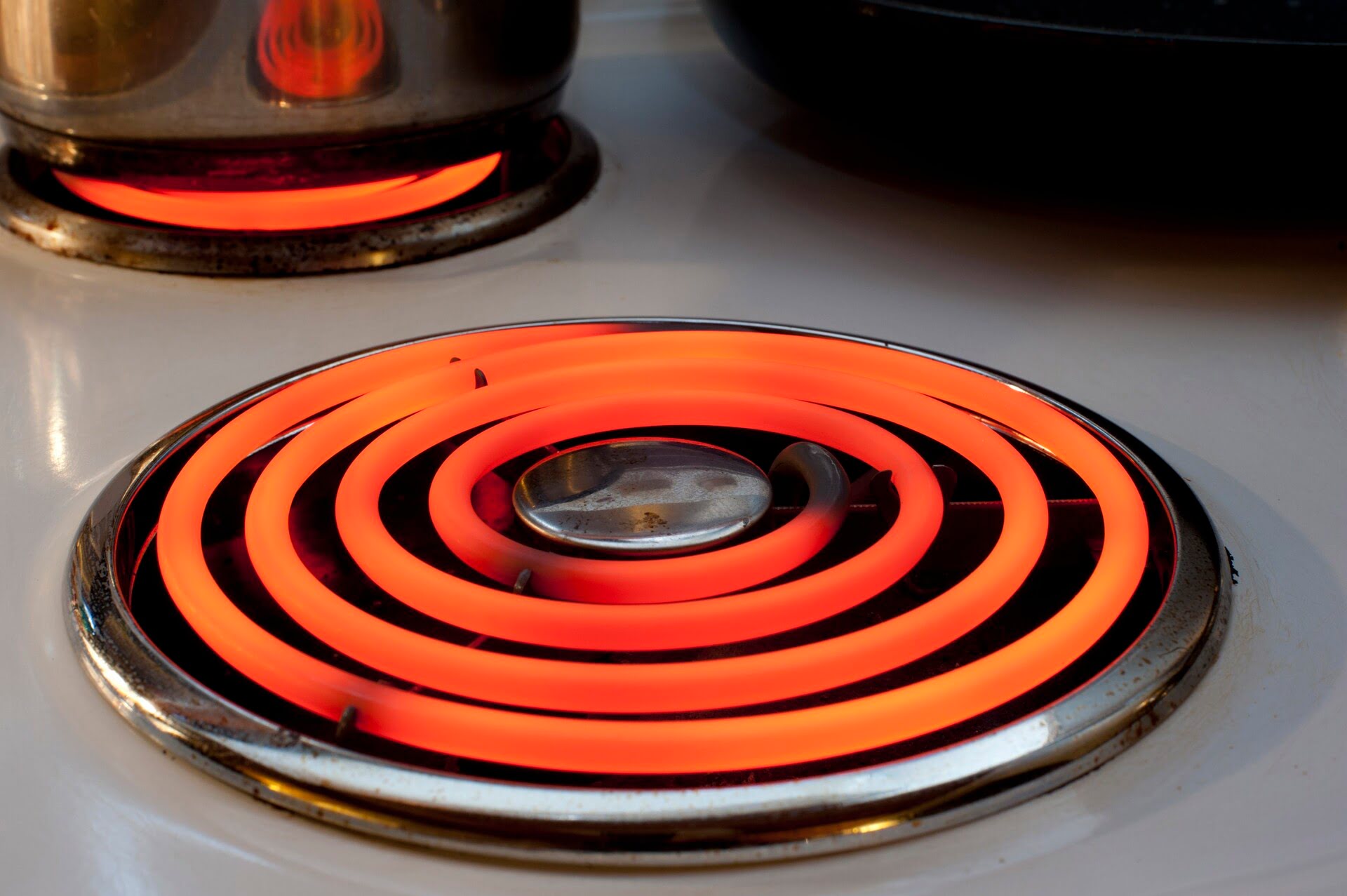
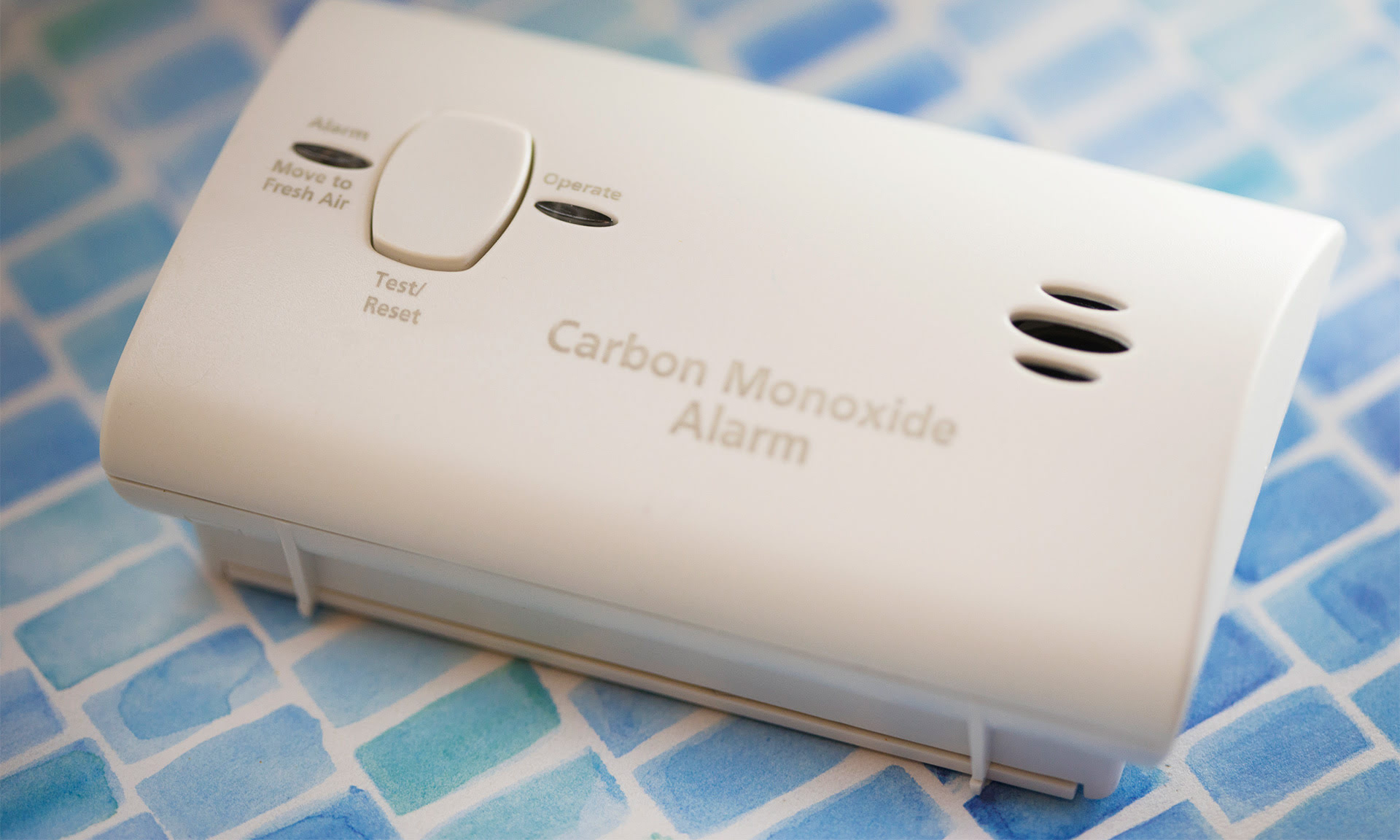
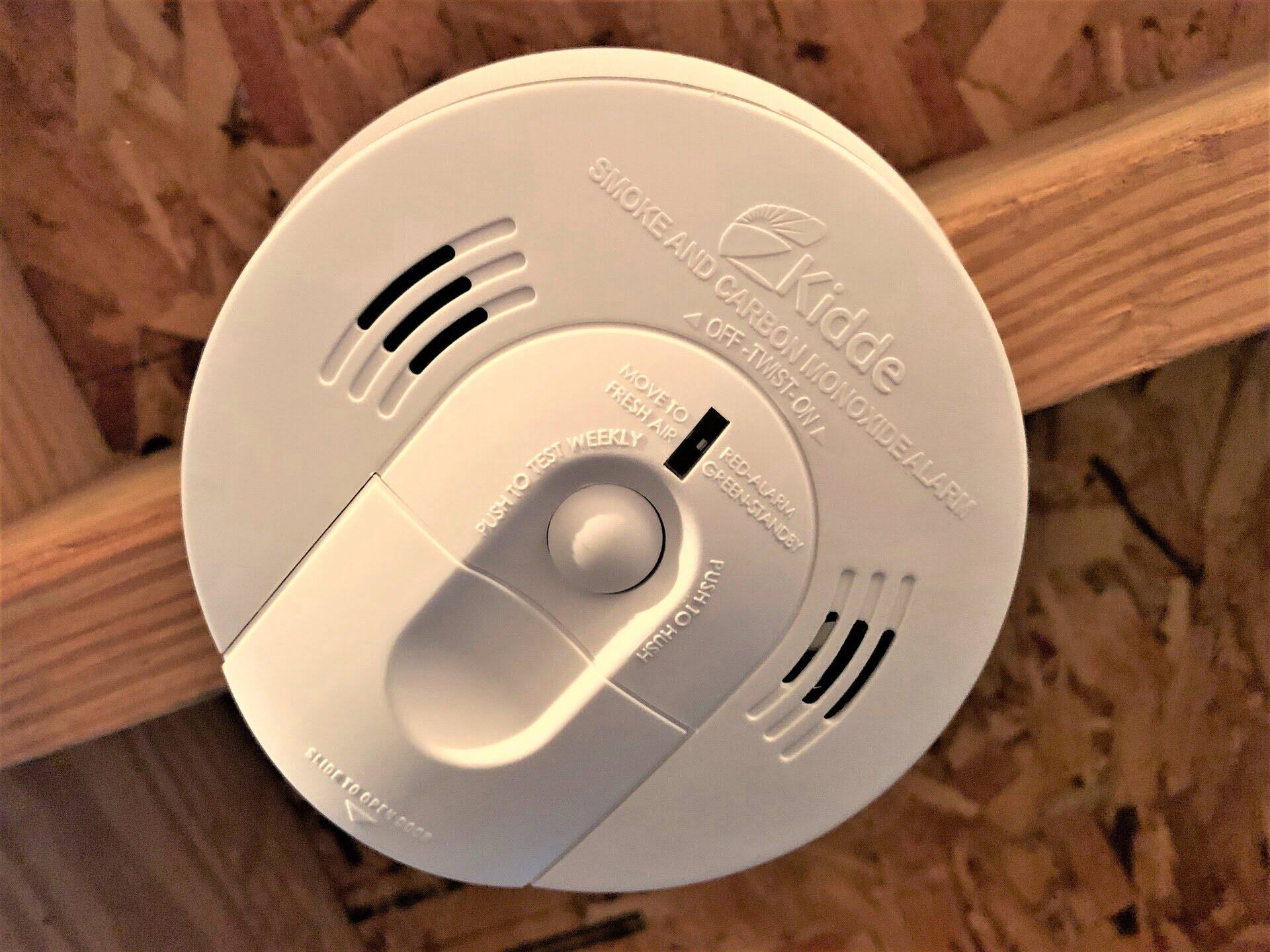
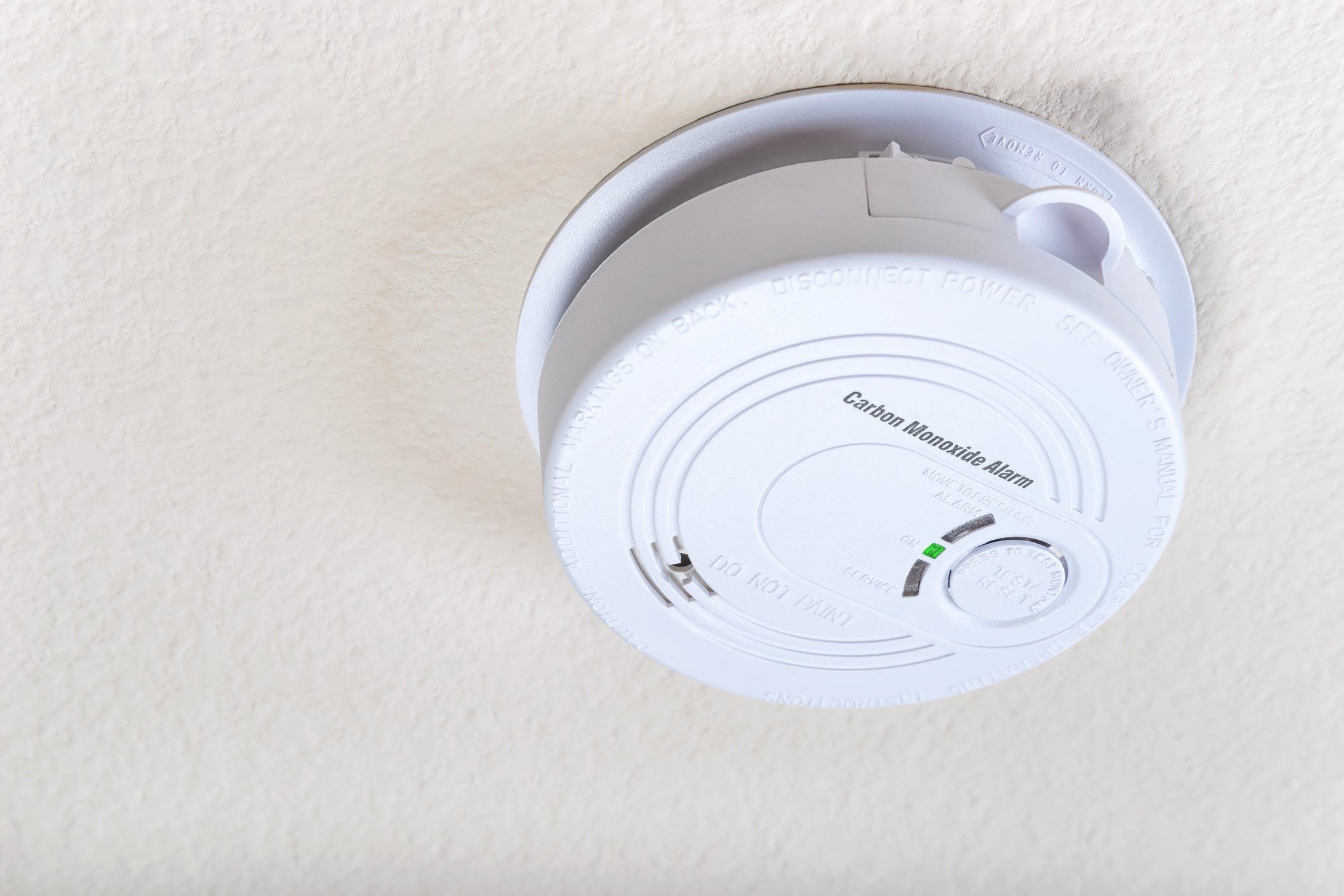
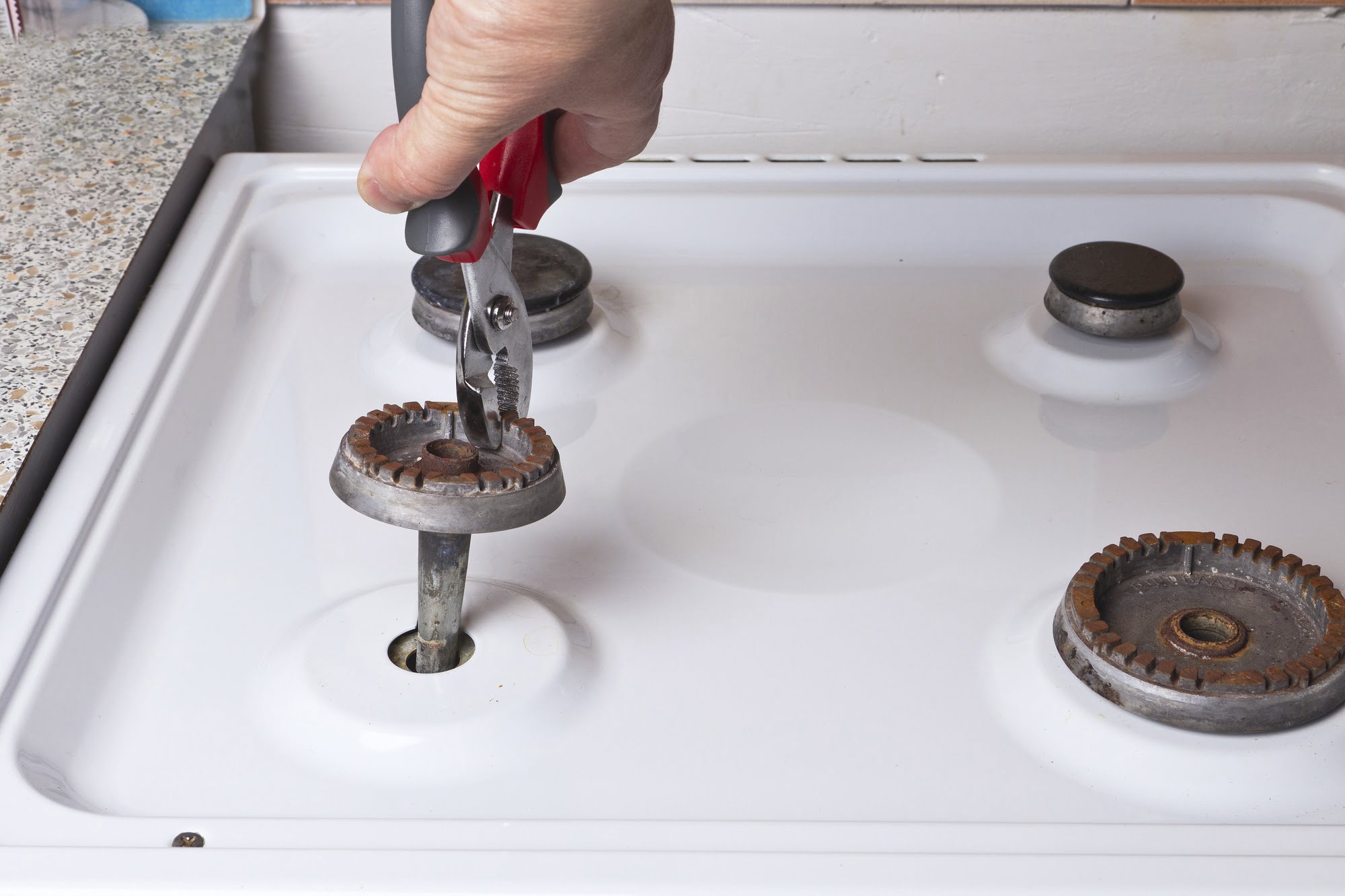
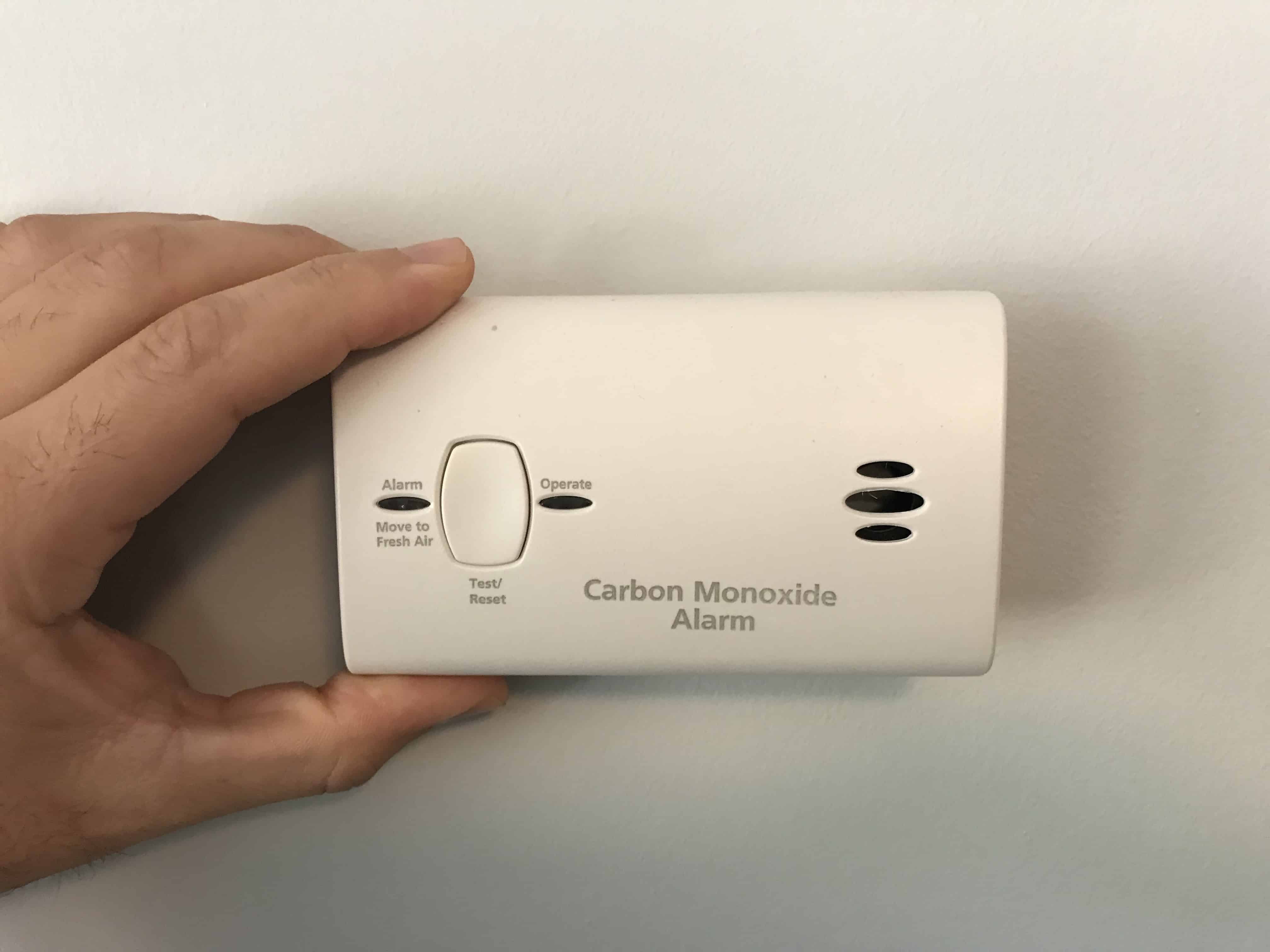
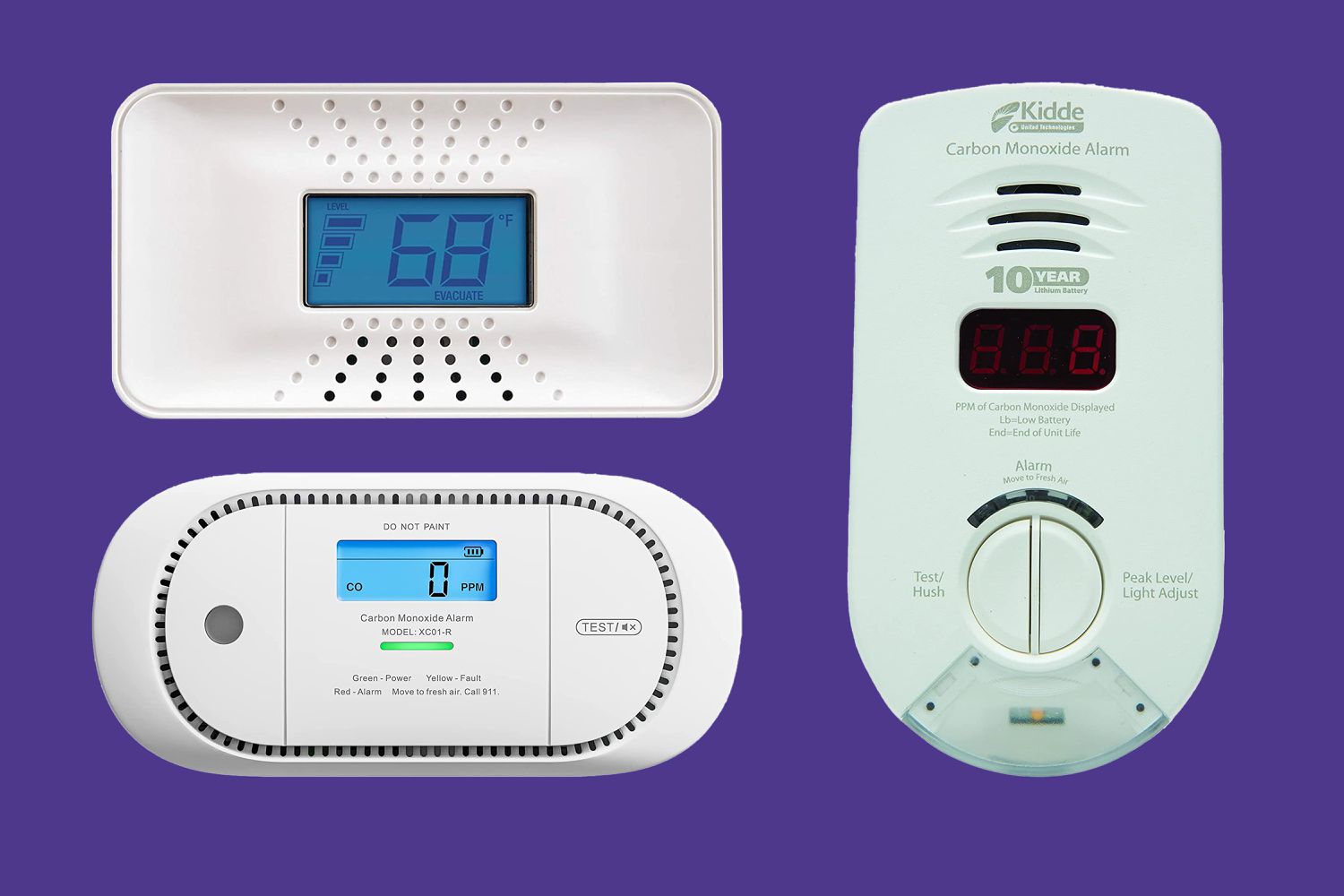
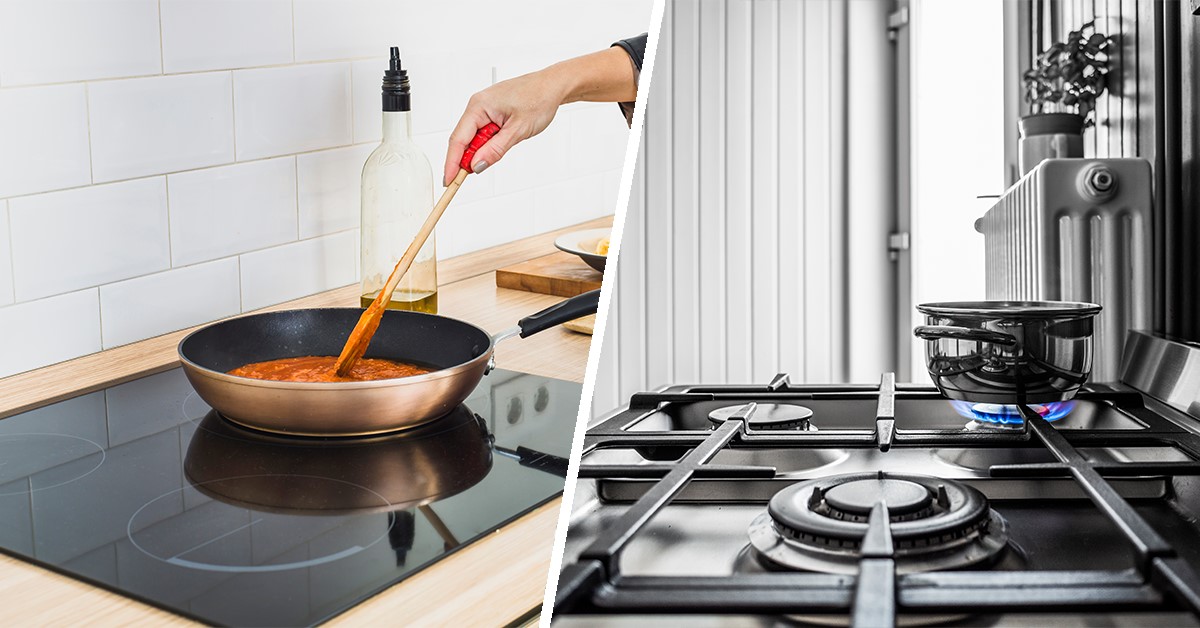

0 thoughts on “How To Tell If There Is Carbon Monoxide In Your House Via Stove Burners”